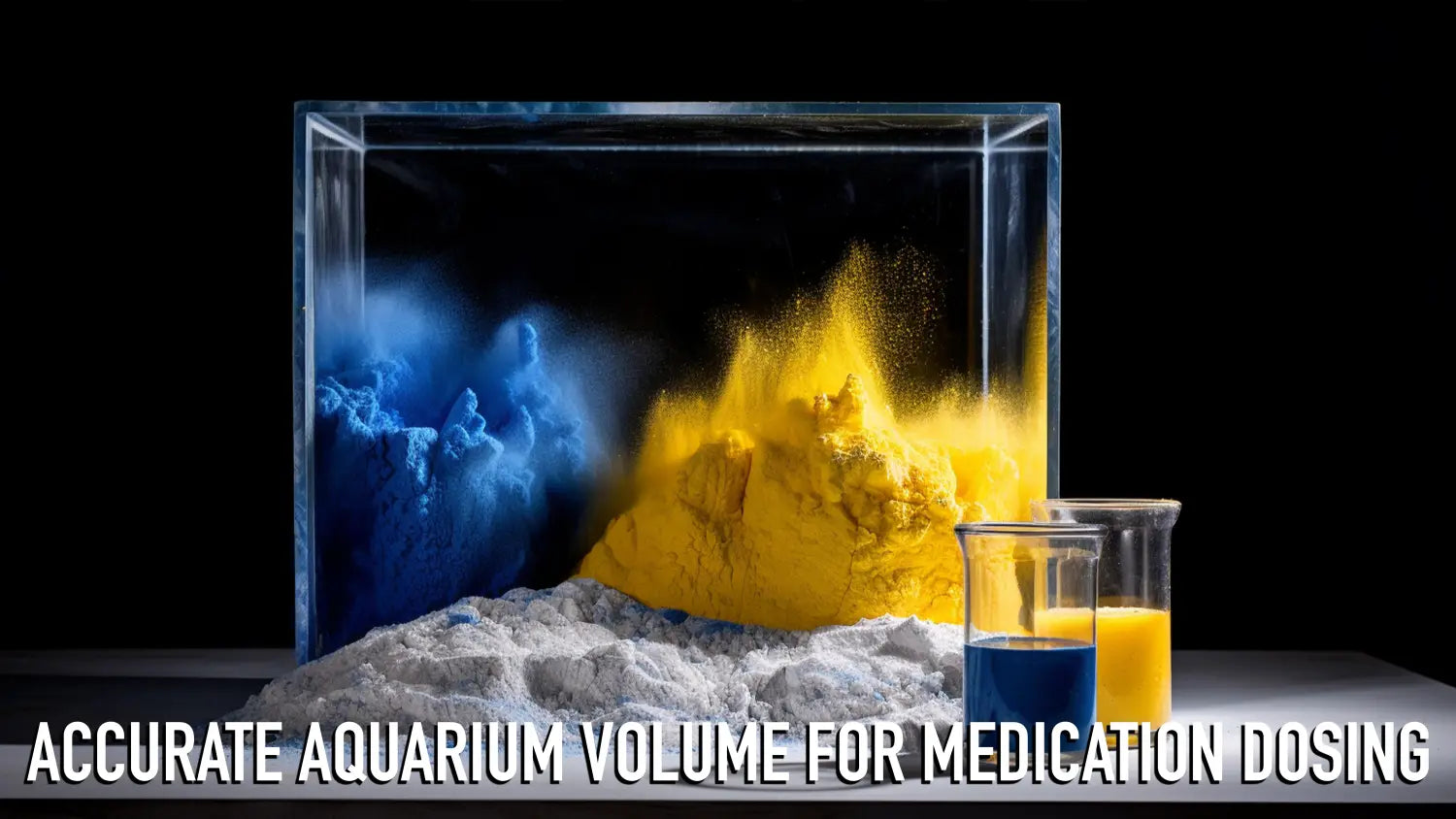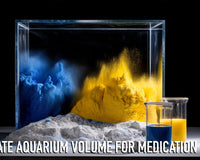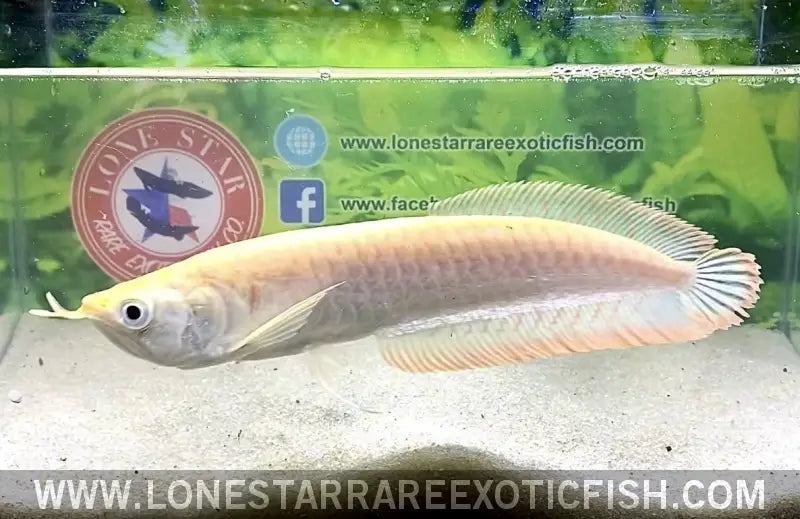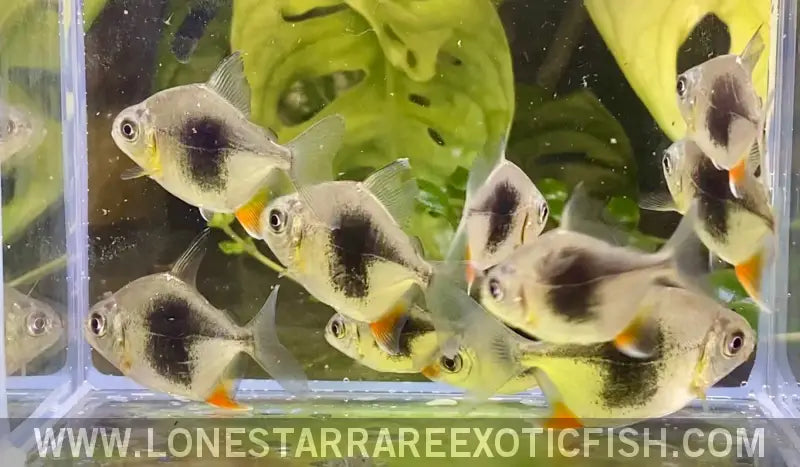Aquarium enthusiasts, both seasoned and new, often encounter situations where they need to treat their tank with medications, supplements, or other chemicals. The success of these treatments heavily depends on accurate dosing. While the advertised size of an aquarium provides a general idea of its capacity, it can lead to significant discrepancies when used as a basis for dosing. Let's delve into why using the interior dimensions of an aquarium for calculating its volume is of paramount importance.
The Illusion of the Advertised Aquarium Size
Manufacturers often label and advertise aquariums based on their exterior dimensions. It makes sense from a sales perspective – a bigger number on the box often appears more attractive. But from a practical point of view, especially when considering treatment doses, this can be misleading.
Consider an aquarium with exterior dimensions of 48”x24”x24”. Based on these measurements, one would calculate the tank size as 119.69 gallons (assuming one cubic foot of space holds roughly 7.48 gallons of water). However, this doesn't paint the entire picture.
Factoring in the Glass Thickness and Fill Level
The thickness of the aquarium's glass or acrylic walls and the level to which the aquarium is filled significantly reduce the tank's actual water volume. For instance, with a glass thickness of 1/2", the interior dimensions of the aforementioned tank reduce to 47”x23”x23.5”. Furthermore, if you're filling your aquarium up to a level of 22" to account for equipment, decorations, and to prevent overflow, the height reduces even further to 21.5”.
Given these adjusted measurements, the true water volume of this tank calculates to approximately 100.61 gallons - almost 19 gallons less than the advertised size!
The Implications of Miscalculation
When it comes to dosing medications, this discrepancy is far from trivial. Here are the potential ramifications:
-
Over-dosing: If you base your medication dose on the advertised size but your aquarium actually holds less water, you risk over-dosing, which can be toxic and potentially lethal to your aquatic life.
-
Economic Implications: Medications and supplements can be expensive. By dosing inaccurately based on the tank's exterior size, you may end up wasting product and money.
-
Ecological Balance: Over-dosing or under-dosing can disturb the ecological balance of your aquarium. Beneficial bacteria might be affected, and the water chemistry could shift, leading to a host of other problems.
Conclusion
Accurate dosing isn't just about ensuring that sick fish get better; it's about safeguarding the health and balance of the entire aquatic ecosystem within your tank. The difference between the exterior and interior dimensions might seem minor, but when it comes to the health and well-being of your aquatic pets, every detail matters. Always consider the actual water volume, based on the interior dimensions of your tank, to ensure that you're providing the most accurate and effective care for your aquatic environment.









